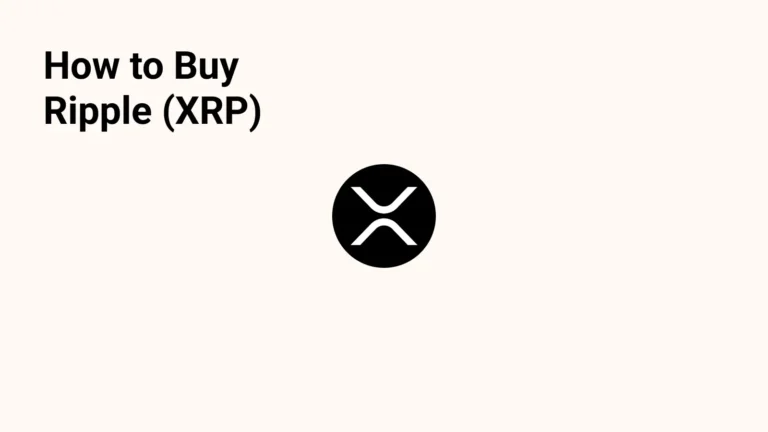Ready to add XRP to your crypto portfolio? The question isn’t if you should learn how to buy XRP, but how you can do so safely and efficiently. This guide breaks down the process, providing a practical roadmap for navigating the world of XRP acquisition.
Understanding XRP Before You Buy
Before jumping into how to buy XRP, it’s crucial to understand what it is. XRP, the native cryptocurrency of Ripple, isn’t your typical blockchain-based coin. It functions as a bridge currency, facilitating fast and low-cost international transactions. Understanding its unique role in the financial landscape can inform your investment strategy. This isn’t just about learning how to buy XRP; it’s about understanding its place in the market.
XRP’s Role in the Fintech Ecosystem
XRP’s primary function is to enable quick and efficient cross-border payments. Ripple’s technology utilizes XRP to reduce transaction times and costs, making it an attractive option for financial institutions. However, it’s important to remember that XRP’s value is linked to the success and adoption of Ripple’s technology. Therefore, staying informed about Ripple’s partnerships and overall market standing is key.
Choosing the Right Exchange for Your XRP Purchase
Choosing the right cryptocurrency exchange is a critical step in learning how to buy XRP securely and efficiently. Several factors should influence your decision, including fees, security measures, and user-friendliness. In my experience, researching multiple exchanges is essential before committing.
Comparing Fees and Security Features
Different exchanges charge varying fees for transactions. Some charge a percentage of the transaction value, while others have fixed fees. Security is paramount; look for exchanges with robust security protocols, including two-factor authentication (2FA) and cold storage for a significant portion of their assets. Don’t underestimate the importance of user reviews – they often highlight hidden fees or security concerns.
Navigating the Exchange Registration Process
Once you’ve selected an exchange, you’ll need to register an account. This typically involves providing personal information and verifying your identity. The specific requirements vary, but expect to undergo KYC (Know Your Customer) procedures. This is a necessary step for regulatory compliance and to protect both you and the exchange from fraudulent activity. It’s also a good idea to enable 2FA immediately after registration.
Executing Your XRP Purchase: A Step-by-Step Guide
Now that you’ve chosen your exchange, let’s walk through how to buy XRP. The exact steps may differ slightly depending on the platform, but the core principles remain consistent.
Funding Your Account: Depositing Fiat Currency
Before you can buy XRP, you need to deposit funds into your exchange account. This usually involves linking a bank account or credit/debit card. Most exchanges support various payment methods, providing flexibility. However, be aware that processing times may vary depending on your chosen method.
Placing Your XRP Order: Market vs. Limit Orders
You have two main options when placing your order: market orders and limit orders. A market order buys XRP at the current market price, ensuring immediate execution. A limit order allows you to specify the price at which you want to buy XRP. This approach can be beneficial if you’re patient and want to secure a lower price. It’s interesting to note that many newer users find market orders simpler to use.
Securing Your XRP Investment: Safe Storage Practices
Once you’ve purchased XRP, securing your investment is crucial. Keeping your XRP on an exchange is convenient but exposes you to potential risks. Therefore, learning how to buy XRP is only half the battle; secure storage is just as important.
Using Hardware Wallets for Enhanced Security
Hardware wallets offer the highest level of security. These physical devices store your private keys offline, significantly reducing the risk of hacking. This is my preferred method for storing significant amounts of cryptocurrency.
Software Wallets: A Balance of Convenience and Security
Software wallets are more convenient but offer less security than hardware wallets. However, reputable software wallets with robust security features can still provide adequate protection for smaller amounts of XRP. Always choose well-established and reviewed wallets.
Final Thoughts
Learning how to buy XRP is a journey, not a destination. Remember to do your own research, prioritize security, and diversify your investments. Start small, learn the ropes, and gradually increase your holdings as you gain experience. Don’t forget to regularly review your security practices!
